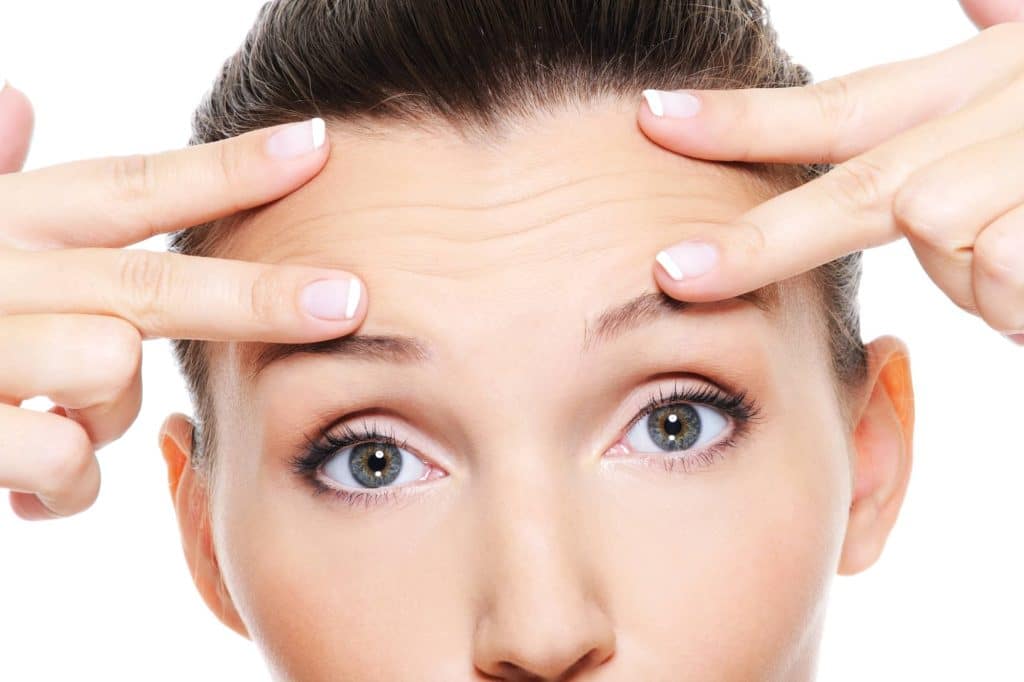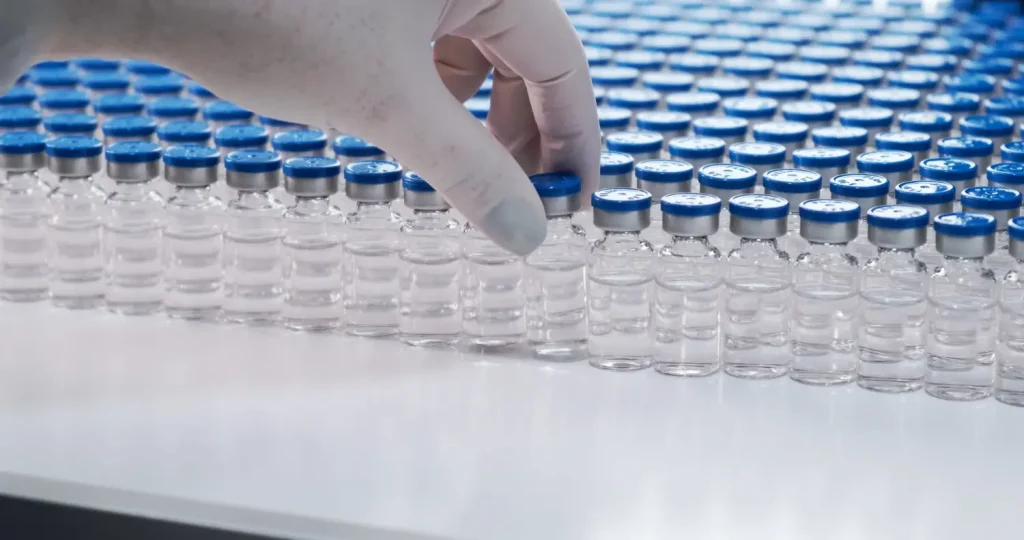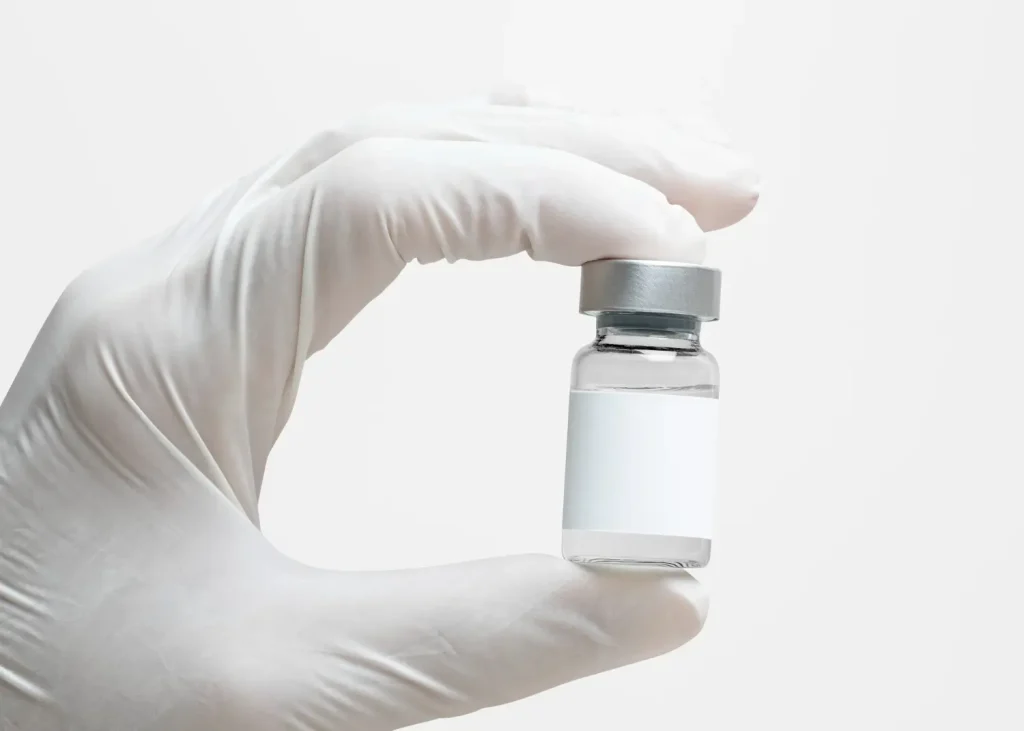Large pores can be a constant source of frustration. They are always present, affecting your appearance in the mirror and influencing how you apply makeup. But, more importantly, they can undermine your confidence in your skin’s appearance.
But what if, along with your pores, you notice that the little wrinkles, which added to your unique charm, have increased? Enlarged pores and deep wrinkles together can be a big problem. This article will explore the causes of enlarged pores and wrinkles, and discuss some of the most effective procedures and treatments to address these concerns.
What Causes Enlarged Pores?
Enlarged or large pores are commonly found on the wings and back of the nose, forehead, cheeks, and chin—areas where sebaceous glands are concentrated. While teenagers often struggle with this beauty issue, adults are equally concerned. So before we find out how to shrink large pores, let’s explore what causes them.
- Skin Type
Oily and combination skin types typically exhibit more prominent pores due to increased sebum production, which needs to reach the skin’s surface.
- Heredity
It’s primarily genetics that determine pore size. Meticulous skin care becomes essential if you have a genetic predisposition to larger pores. For unhealthy and oily skin, two steps are crucial:
- Eliminate excess sebum trapped in the pores.
- Exfoliate the dead cells in the affected area.
- Hormones
Hormonal imbalances can contribute to enlarged pores. Healthy and radiant skin is a direct reflection of the proper functioning of sex hormones in our bodies However, an unnatural oily sheen may indicate a sensitivity of sebaceous glands to testosterone, a male hormone that stimulates sebum production.
- Age
Unfortunately, age plays a role in the development of enlarged pores. As we age, our metabolism slows down, and our skin processes gradually become less intense than when we were younger.
- Acne
Clogged pores and inflammation can lead to pore enlargement.
- Sunburns
Exposure to ultraviolet light disrupts the exfoliation process of the stratum corneum, leading to clogged sebaceous ducts and dilated pores.
- Dehydration
Pores may enlarge due to a lack of moisture, even if the skin doesn’t appear oily.
- Low-Quality Makeup
Using a low-quality foundation can clog pores and impede normal skin function.
- Bad Habits
Consumption of alcohol and tobacco negatively affects the skin, including poor health.
Other contributing factors to enlarged pores include stress, an unhealthy diet, gastrointestinal disorders, and hypovitaminosis. For instance, skin with enlarged pores might indicate a craving for fatty foods or a lack of zinc in the diet.
It’s important to note that even though these factors can lead to enlarged pores, following appropriate skincare routines and adopting healthy habits can significantly reduce their impact.
What Causes Large Wrinkles?
Fine lines and wrinkles are natural on everyone’s face, but we can make them less noticeable or eliminate them entirely with modern cosmetic techniques. Additionally, proper facial skincare for large pores can help delay their appearance for years.
We can categorize wrinkles into three depths: superficial, medium-deep, and deep.
- Superficial wrinkles affect the top layer of the skin, the epidermis. Dry skin often causes these creases, resembling a network of cracks.
- Medium-depth wrinkles occur when surface wrinkles deepen into the skin’s middle layer, the dermis. It is mainly due to fibroblast’s decreased synthesis of collagen, elastin, and hyaluronic acid.
- Deep wrinkles are particularly prominent in areas where the skin naturally folds. Their development is influenced by internal processes of the skin and subcutaneous fatty tissue, muscle hypertonicity, facial structure characteristics, and even genetic predisposition.
Prevention and treatment options for wrinkles depend on their underlying causes. So let’s delve into each of them in detail.
- Natural Aging
Age-related wrinkles typically appear after 40 because collagen production decreases, cell renewal slows down, and the skin loses moisture and elasticity due to the reduced production of female sex hormones. Gravity also plays a role, leading to sagging skin, facial deformation, and the formation of deep folds and wrinkles.
- Active Facial Expressions
Even at a young age, pronounced wrinkles can develop due to active facial expressions. Facial muscles are attached to the skin, causing it to move as the muscles contract and relax. Regular muscle contractions can cause superficial wrinkles that may deepen over time.
- Improper Care
Wrinkles can result from dehydrated skin and impaired exfoliation of the outermost layer, the stratum corneum. Therefore, regular skincare practices such as cleansing, nourishing, and moisturizing are crucial. In addition, genetic factors and dry skin can also contribute to fine lines and wrinkles.
- Aggravating factors
Besides the leading causes, several other factors can contribute to the formation and deepening of wrinkles:
- Health problems;
- Stress;
- Poor habits (lack of sleep, unhealthy diet, smoking);
Addressing these aggravating factors can further help prevent and minimize the formation of wrinkles.
Best Treatment Options for Large Pores & Wrinkles
When it comes to treating large pores and wrinkles, several effective options are available. However, it’s essential to understand that results may vary depending on numerous factors, such as skin type and severity of the condition. Here are some commonly recommended treatment options:
Topical Retinoids: Retinoids, such as tretinoin, adapalene, and retinol, are derived from vitamin A and are known for effectively reducing wrinkles and improving skin texture. They work by stimulating collagen production and accelerating cell turnover. Topical retinoids can also help minimize the appearance of large pores.
Chemical Peels: This specific-purpose treatment involves the application of a chemical solution, which causes exfoliation of the outer skin layer, encouraging the growth of new, smoother skin. These peels are proven to reduce wrinkles and tighten enlarged pores. Different variants are available, for applications ranging from superficial to deep, with the ability to adjust the intensity based on your specific needs.
Microdermabrasion: This procedure involves gently exfoliating the outer layer of the skin using tiny crystals or a diamond-tipped wand. It helps remove dead cells and stimulates collagen production, resulting in a smoother texture, reduced pore size, and improved appearance of wrinkles.
Laser Resurfacing: Laser treatments, such as fractional laser resurfacing or ablative lasers, can effectively reduce the appearance of wrinkles and shrink enlarged pores. These treatments target the deeper skin layers, stimulate collagen production, and promote skin tightening.
Dermal Fillers: Injectable dermal fillers, such as those that are hyaluronic acid based, and others, including Xeomin, can plump up wrinkles and fine lines, making the skin smoother. Strategically using them can help minimize the appearance of large pores by adding volume to the surrounding skin.
Botulinum Toxin (Botox): Botox injections temporarily relax the muscles responsible for dynamic wrinkles (wrinkles caused by facial expressions), such as crow’s feet and frown lines. While Botox is not explicitly targeted at large pores, it can indirectly improve their appearance by reducing the tension on the surrounding skin.
Skincare Routine: Maintaining a consistent skincare routine is crucial for improving the overall appearance of your skin. Look for the best facials for large pores containing niacinamide, salicylic acid, alpha hydroxy acids (AHAs), and antioxidants. These can help reduce pore size, improve skin texture, and minimize the appearance of wrinkles over time.
It’s crucial to consult a dermatologist, who can evaluate your concerns and recommend the most suitable treatment options. They can also provide personalized advice and guidance on achieving and maintaining healthy, youthful-looking skin.
Conclusion
Enlarged pores and wrinkles can impact the appearance and texture of the skin, leading many individuals to seek effective solutions. While there is no single best option for everyone, various procedures and skincare approaches can help minimize the appearance of enlarged pores and wrinkles. It’s important to consider all possible factors, including skin type, the severity of the concern, and individual preferences when choosing a treatment option.
Consulting with a professional can provide personalized recommendations tailored to your specific needs. By incorporating appropriate treatments and maintaining a consistent skincare routine, you can work towards achieving smoother, more youthful-looking skin, boosting your confidence in the process.
FAQ
What is the best permanent treatment for large pores?
There is currently no best permanent procedure for large pores. Although many treatments and skincare approaches can help minimize their appearance, pore size is primarily determined by genetics and other factors that cannot be permanently altered.
However, consistent skincare routines, including proper cleansing, exfoliation, and using products containing retinoids or alpha hydroxy acids, can help reduce the appearance of large pores over time. Regular professional pore treatment, like chemical peels or laser therapy, may also provide temporary improvements.
What is the most effective procedure for large pores?
One of the most effective procedures for large pores is fractional laser resurfacing. This treatment uses laser technology to stimulate collagen production, tighten the skin, and improve overall skin texture, reducing the appearance of large pores.
How can I reduce my pore size aging?
Using products that contain retinoids, AHAs, salicylic acid, and vitamin C, as well as regular exfoliation, can help reduce the appearance of pores and prevent them from enlarging with age. Protecting your skin from sun damage and maintaining a healthy lifestyle can contribute to maintaining smaller pores.





















